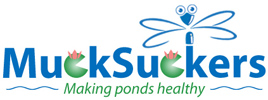
by John Monahan | May 27, 2015 | Pond Cleaning Job
MuckSuckers was tasked with cleaning sediment from the Chase Bank Coporate Office building pond in Columbus Ohio.
This 1/3 acre pond was surrounded on three sides by office buildings and the fourth side by beautiful landscaping. Employees of Chase enjoy this courtyard pond and the garden’s walking path.
With years of organic sediment buildup, it was becoming increasingly difficult to keep the pond aesthetically pleasing.
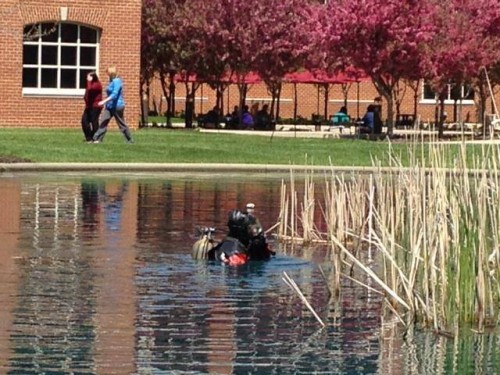
Diving at the Chase Bank Corporate office.
MuckSuckers removed the sediment from the bottom of the pond, without damaging the landscaping or ecosystem.
Now Chase can enjoy their clean, revitalized pond for years to come!
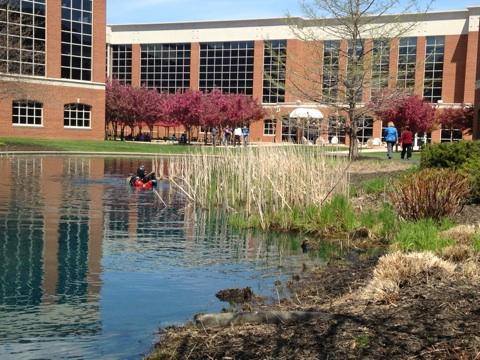
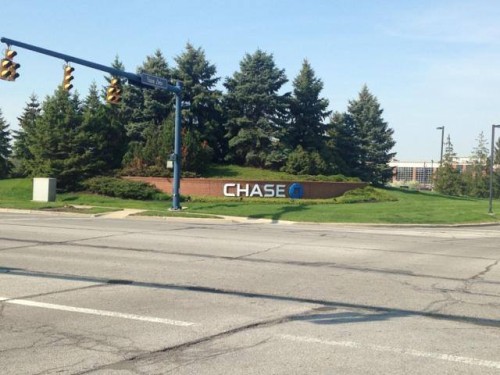
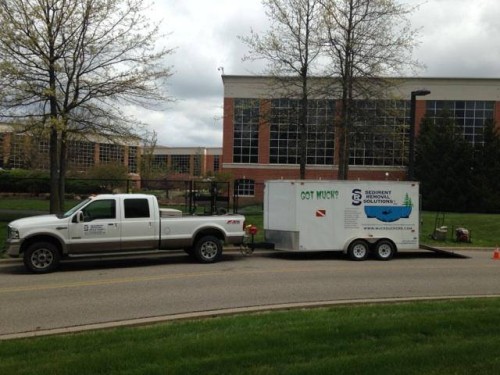
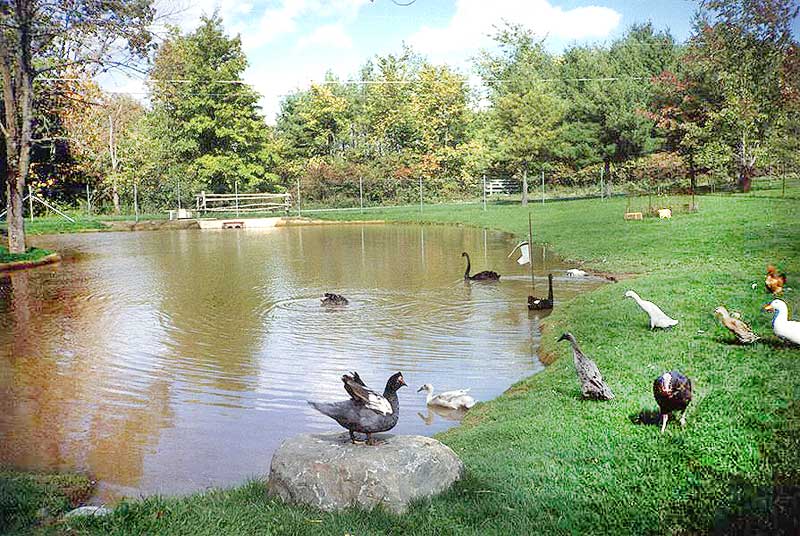
by John Monahan | May 18, 2015 | Dredging, Pond Maintenance
The conventional way of dredging a pond is a very messy task. This usually involves first draining the pond, then allowing time for the sediment to dry. All wildlife is either killed off or relocated during this aspect of the operation.
Heavy equipment is then used to scrape the bottom of the pond. Dump trucks then haul away the sloppy sludge material. This process not only destroys the pond’s wildlife but also the entire landscape around the pond.
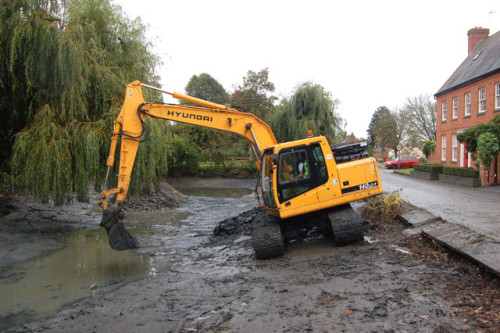
Conventional dredging where a pond is mostly dried out first. As you can see, the heavy equipment can easily damage the surrounding area.
After the conventional dredging is done, all banks will then need to be restored, trees and grass or other landscaping and will need to be replaced or reseeded. In many cases conventional dredging will not work. Sometimes ponds are “spring fed” and never dry out completely. Other ponds are completely surrounded by houses, trees, power lines, etc, leaving pond owners no option to use heavy equipment.

Another method of dredging involving heavy equipment on a barge. It’s better than the first method but can still damage the environment and pond liners. Plus it’s time consuming, awkward and costly.
Another option to pond dredging is the Sediment Removal Solutions of Ohio approach.
SRS uses scuba divers and high-volume suction pumps to suction the sediment out without the harmful repercussions of conventional dredging. The sediment is simply pumped to another location, either allowed to be absorbed into the surrounding landscape or contained within a geotextile container. This container passively filters out the water allowing the sediment to completely dry. This material can be hauled away usually at a fraction of the cost of hauling wet material.
The SRS of Ohio approach to restoring ponds is environmentally friendly, far less invasive, and leaves little to no ecological footprint behind unlike commercial dredging. It’s a great alternative to traditional dredging techniques.
Contact us today with any pond dredging related questions you have!
Call us (1-877-772-MUCK) or email us!

by John Monahan | Mar 4, 2015 | Golf Course Ponds, Pond Maintenance
Algae can quickly grow out of control in golf course ponds. If you manage such a pond, you might tear your hair out as year after year you keep seeing algae come back.
And golf course ponds can be more difficult than other ponds. This is mainly because fertilizer used to keep fairways and greens vibrant can sometimes increase the nutrients within a golf course pond.
Also, typically chemicals cannot be used to treat the algae due to the fact that the pond water may be used as irrigation water for the golf course. Obviously, you don’t want harmful or toxic chemicals messing up the beautiful golf course grass.
This leaves fewer options for the maintenance team to successfully control the algae populations in certain ponds. The best option in these cases is to remove as much of the nutrient base “organics” as possible from the pond environment.
MuckSuckers (Sediment Removal Solutions of Ohio) offers a unique process that suctions out the sediment without draining the pond or using heavy equipment. Scuba divers are used to descend to the bowl of the pond and pump the sediment out to an area of choice. This process will alleviate the pond of the excessive nutrients which will in turn allow the algae maintenance to be extremely easier.
Our process for sediment removal will even allow the golf course pond to be used while we’re working on it. There’s no need to shut the course down.
If you’d like more information about how to handle algae in your golf course pond, contact us today!
Call us (1-877-772-MUCK) or email us!

